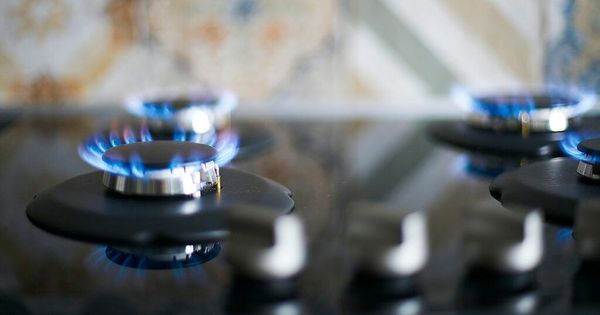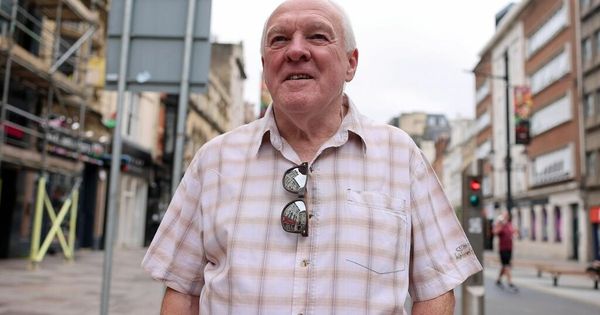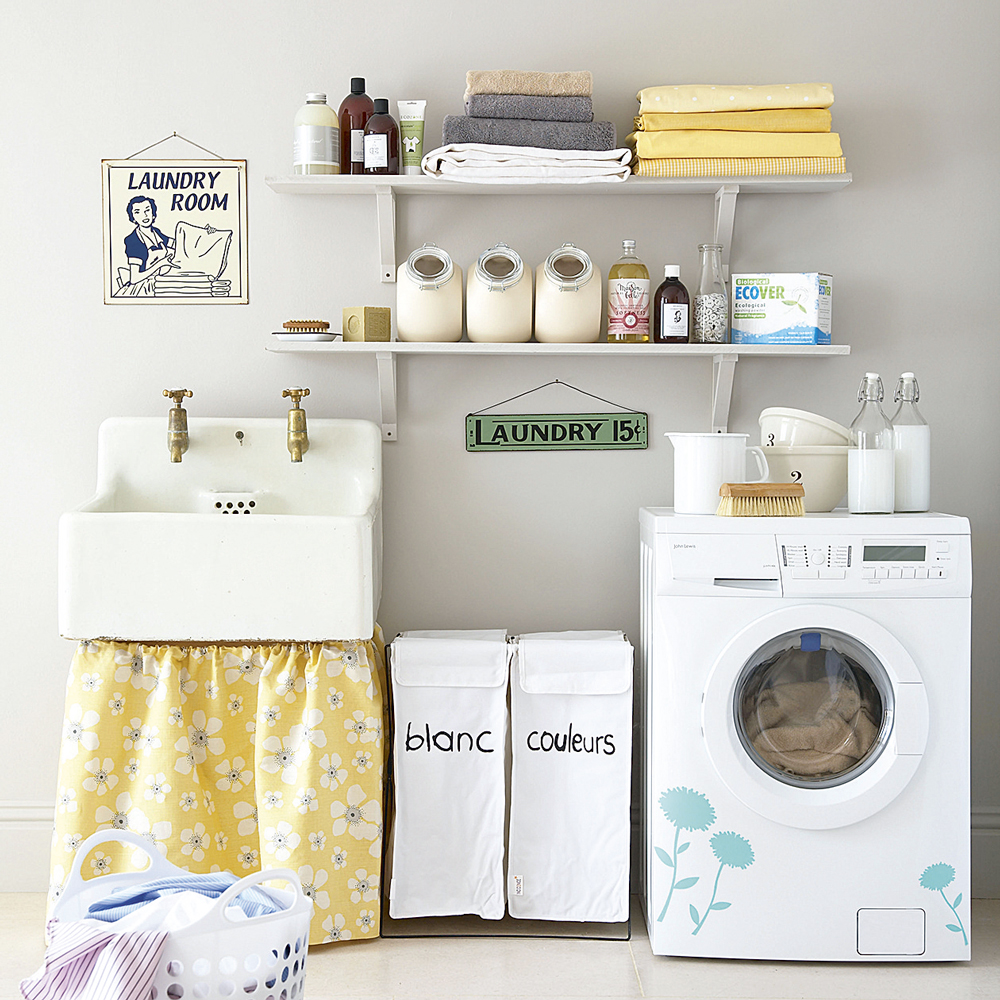
They’re convenient, reliable, and give you that warm, fluffy towel experience that feels like a hug from a cloud. But have you ever stopped to wonder how much it actually costs to run a tumble dryer? Spoiler alert: it’s probably more than you think.
It's not really surprising given the inclement weather we suffer through the year that around two-thirds of UK homes have a tumble dryer. Yet anyone who has ever tried to monitor the cost of running their dryer with a smart meter will know that it can be an expensive business. Which means when it's raining cats and dogs outside, we may think twice about putting the tumble dryer on, exposing us to the dangers of drying clothes indoors.
With the new energy price cap higher than it was in between October and December 2024, keeping an eye on these costs is crucial if you want to cut bills and save energy at home.
We’ve worked out how much you can expect to spend each cycle and found some clever ways to reduce your energy consumption. Indeed, the days of you being fleeced by your dryer could well be numbered.
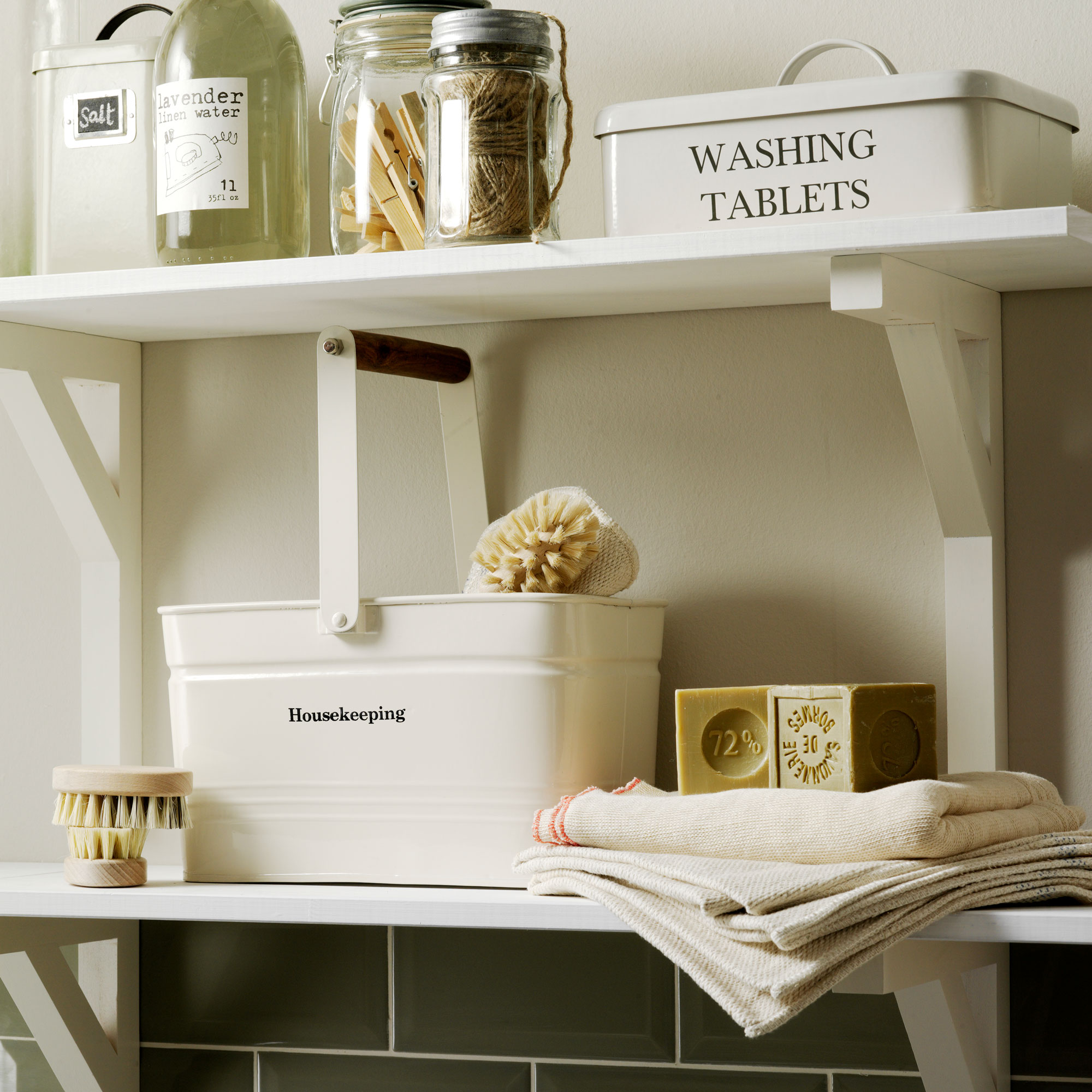
How much does it cost to run a tumble dryer?
To accurately answer how much does it cost to run a tumble dryer, you first need to know how much you pay for your energy. As of January 2025, the average price per kWh of electricity is 24.86p. This is the average unit price for dual fuel customers who pay by direct debit. This January price cap is slightly higher than the 24.5p unit price under the October 2024 cap.
The overall running costs will depend on the type of tumble dryer you have and how often you use it. There are three types of tumble dryers – vented, condenser, and heat pump. Vented machines are often perceived as using more energy, although newer models include drying sensors that make them more efficient. The real difference comes from the more energy-efficient heat-pump tumble dryers. Here are the costs of running all three for comparison:
- An example 9kg vented tumble dryer uses 5.34 kWh for a full load cycle and approx 636 kWh over a year (if you use your dryer around two times a week). This means that this vented tumble dryer costs £1.33 per cycle and £158.11 per year on average.
- An example 9kg condenser tumble dryer uses 5.2 kWh for a full load and approx 617 kWh annually. This means a cost of £1.29 per cycle and £153.39 annually – that's almost as much as a vented model.
- An example 9kg heat pump tumble dryer uses 2.16 kWh for a full load and 259 kWh per year. This means that you’ll be spending just 54p per cycle and £64.39 per year.
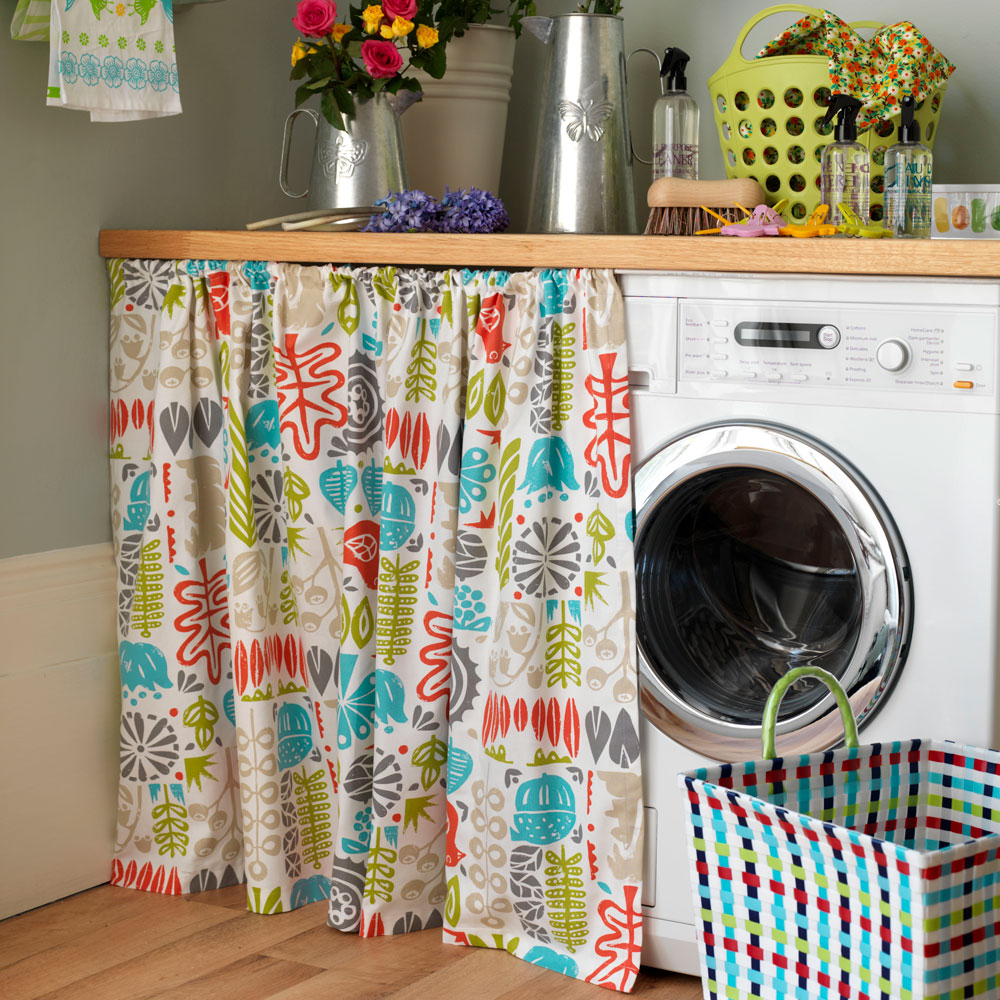
‘Tumble dryers are one of the most energy-intensive devices in the home, so it’s worth trying to avoid using it during the warmer months,’ says Justina Miltienyte, energy expert at Uswitch.com.
Are some tumble dryers cheaper to run than others?
Vented tumble dryers can be costly to run over an average year. They also may not be suitable for all homes as they’ll need to be placed near a wall or window so the moist air can be expelled.
Condenser dryers lift the moisture from the clothes and collect it in a container that sits inside the machine. Some will pump the water out through plumbing or you may need to empty the container. On average, they’re slightly more affordable to run than vented machines.
Heat pump tumble dryers work like a condenser dryer, collecting the moisture in a container, but they work more efficiently by re-heating the air that is passed through the drum (using a heat exchange system, not more electricity) and recirculating it. These heat pump models use less energy and are cheaper to run.
‘Don’t be afraid to ask a retailer to explain the technology within tumble dryers to decide which type is most suited to your household,’ says Kimberley Garner, Hotpoint brand manager. ‘You will find that vented models are usually the least expensive to buy while heat pump models tend to be the most expensive. However, your retailer will be able to explain how you will save money on your energy bills in the long run.’
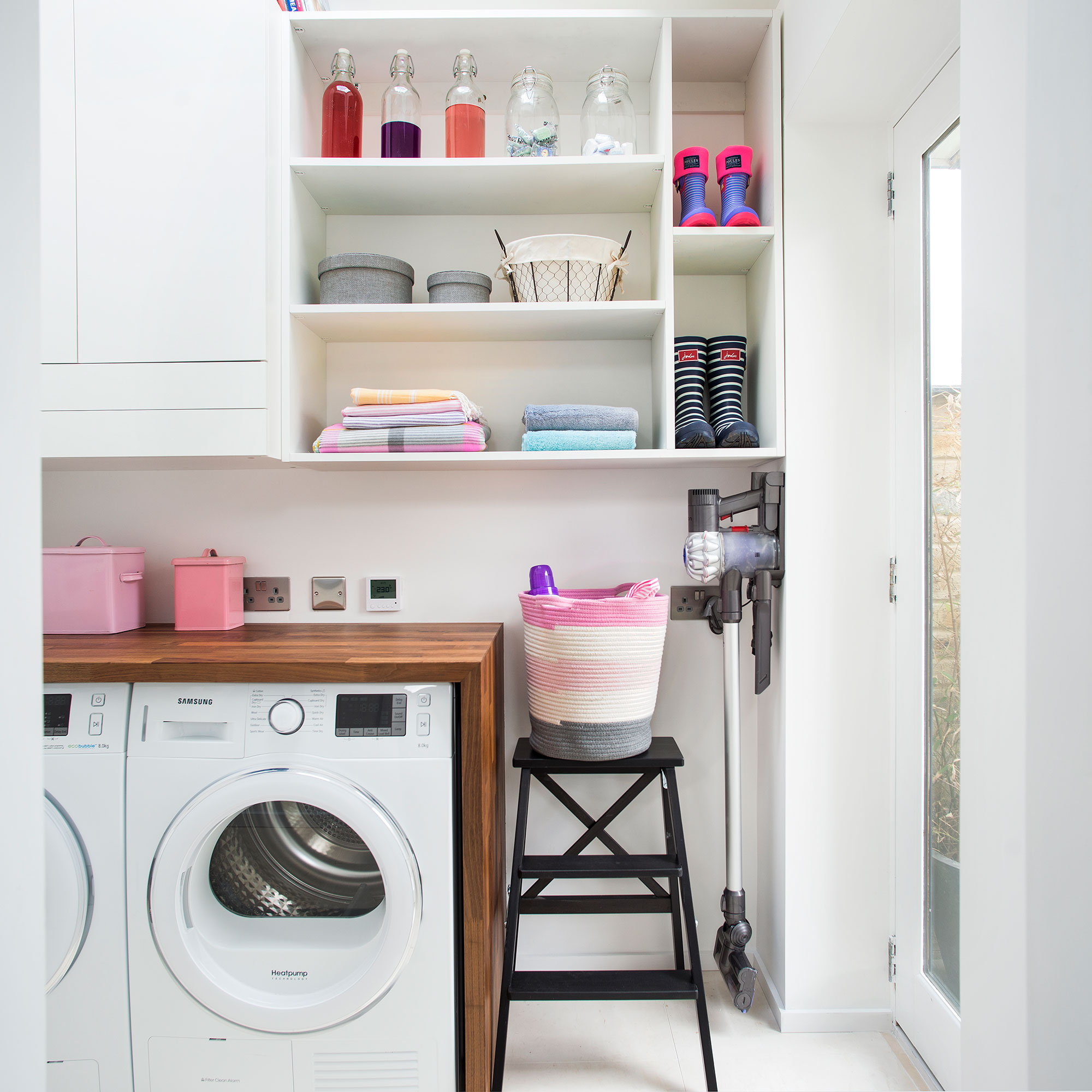
We also asked Vivien Fodor, Category Manager for Laundry in the UK & Ireland, Whirlpool about how much does it cost to run a tumble dryer. Vivien recommends investing slightly more upfront and buying a heat pump dryer, which is more energy-efficient.
'In addition to the energy price cap, running costs vary depending on a handful of factors. Arguably the most important one is the energy rating of the appliance,' says Vivien. 'It’s important for manufacturers to create appliances that ensure efficient resource consumption, reducing running costs and in turn helping consumers to care for the environment.'
Vivien explains that due to the more advanced technology, heat pump dryers can cost more than vented and condenser models, but the savings in energy and care for clothes make up for the initial cost.
What energy-saving features should I look for when buying a tumble dryer?
If you're looking for ways to save energy at home, these tumble dryer tricks and features could be a good place to start.
1. Sensor drying
Many tumble dryers – even vented models – now feature sensor drying, which works out how long your clothes need to dry and stops when they’re ready. Not only does this help to cut bills, it’ll prevent damage to fibres so clothes look good for longer, and keep the tumble dryer working well.
2. Drying levels
‘Take the guesswork out of choosing drying times by selecting a dryness level,’ explains Kimberley from Hotpoint. ‘When sensors identify that the clothes have dried to the level required, the dryer automatically finishes.’ This is ideal if you only need bedsheets to be ‘iron dry’.
3. Lower temperatures
Many heat pump machines use lower temperatures to both protect your clothes and use less energy. Some also have drum movements to prevent clumping so warm air can circulate efficiently.
4. Autocleaning
‘This feature uses water collected during the drying phase to clean fluff from the condenser at the end of each cycle,’ says Kimberley from Hotpoint. ‘This ensures long-lasting performance and reliability, and also saves money and time.'
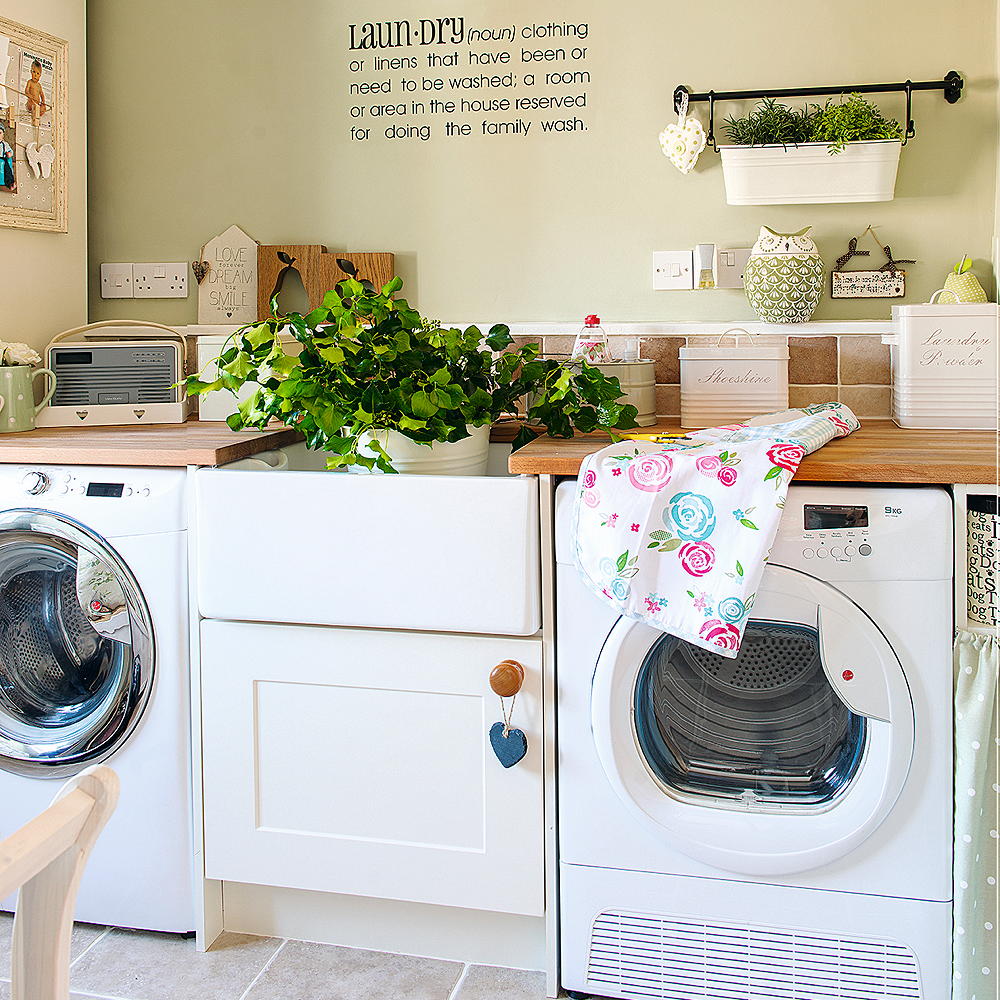
How can I cut the cost of running a tumble dryer?
One of the easiest ways to cut costs on a tumble dryer is simply not to use it. Consider using a heated clothes airer or even the best dehumidifier instead. However, if you're not ready to stop using your dryer, then follow these tips...
1. Run it overnight
If you’re on a cheaper off-peak tariff, take advantage of your tumble dryer’s delay start feature and run it during the night.
2. Choose a higher spin speed on your washing machine
Wetter clothes take much longer to dry, meaning more work for your tumble dryer. Use a higher spin on your washing machine so there’s less water in your laundry before drying starts.
3. Loosen your load
If a load of laundry has clumped together in the washing machine, it's a good idea to loosen it before you put it in the tumble dryer. This means that warm air can circulate more easily between the layers of fabric, shortening drying times. Similarly, don’t overload the tumble dryer, and dry similar fabrics together.
4. Use tumble dryer balls
Pop these in the dryer with your load of wet laundry and they'll reduce drying time by helping hot air to circulate around your clothes. Wool dryer balls also soften laundry and reduce wrinkles.
5. Keep your drying sensor clean so it works accurately
You’ll find it in the drum, usually below the door opening, made from two strips of metal. The best method for how to clean a tumble dryer is to wipe it down regularly with white vinegar and a cloth.
6. Run a full load
Our example 9kg vented machine mentioned above uses 2.9 kWh for a half load, compared to 5.34 kWh for a full one. So you're saving 0.46 KWh of energy for every full load you run versus two half loads. That equates to roughly 11p under the January 2025 cap.
7. Remove lint from the filter after every load
Lint restricts the airflow, making drying less efficient, so every cycle will cost more to run. If your machine is vented, make sure the wall vent is fluff-free too, and that there’s no kink in the hose.
Now you know the figures, you can factor them into your energy budget when you're planning how to dry your clothes this winter.






